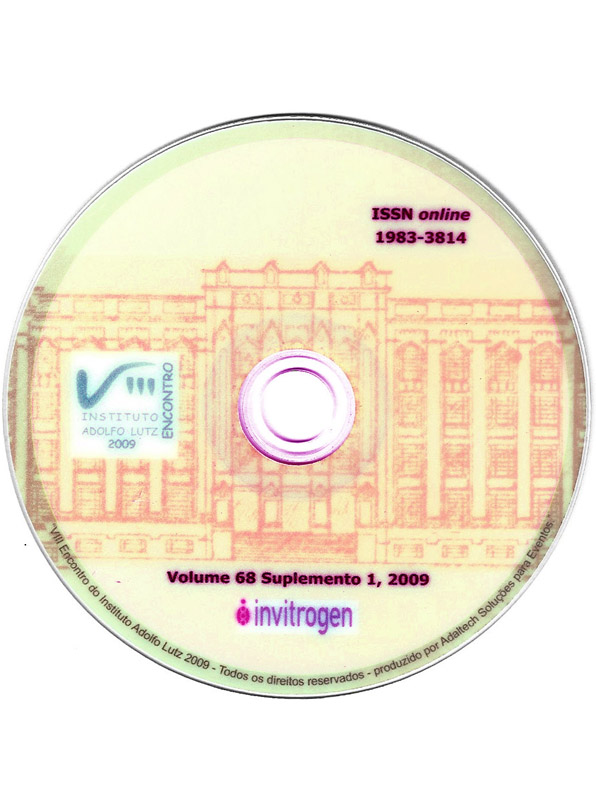Abstract
An experimental model of Chagas’ disease was developed to obtain information about the reactivity pattern Trypanosoma cruzi amastigote and trypomastigote epitopes in cardiac muscle of Calomys callosus infected with two major lineages of the parasite. Calomys callosus were infected with T. cruzi Y, CL or G strain trypomastigotes and the parasitemia determined periodically by a direct microscopic procedure at the acute phase. Animals were sacrificed and hearts were removed, fixed and embedded in
paraffin, 4-6 µm thick sections were processed for confocal immunofluorescence microscopy. Monoclonal antibodies (Mab) raised against T. cruzi forms were used based on the previously described reactivities [1]. Mab 2C2, which reacts with a carbohydrate epitopes in Ssp-4, a major surface glycoprotein of amastigotes showed a fluorescent pattern homogeneously distributed over amastigote surface in animals infected with G strain whereas in animals infected with Y and CL strain showed irregular and fragmented staining. Mab 4B9 and 3B9 that recognize epitopes on Ssp-4 different from Mab 2C2 presented the same distribution observed for Mab 2C2 in all strains. Mab 1D9 and 2B7, which recognize another carbohydrate on Ssp-4 showed cytoplasmic fluorescent dots in amastigotes and negative plasma membrane in animals infected with Y and CL strain, reactivity of plasma membrane was observed in amastigotes of animals infected with G strain. Mab 3B2, that is specific for trypomastigotes [1], stained the plasma membrane of flagellated forms in animals infected with both Y and G strains whereas amastigotes were not labeled. Polymorphic antigen expression of Trypanosoma cruzi has been reported by several authors. Although the functions of the amastigote surface components are not fully understood, this polymorphism could be involved in mammalian cell invasion or involved in a mechanism developed by the parasite for protection against inflammatory cells.

This work is licensed under a Creative Commons Attribution 4.0 International License.
Copyright (c) 2009 Instituto Adolfo Lutz Journal
